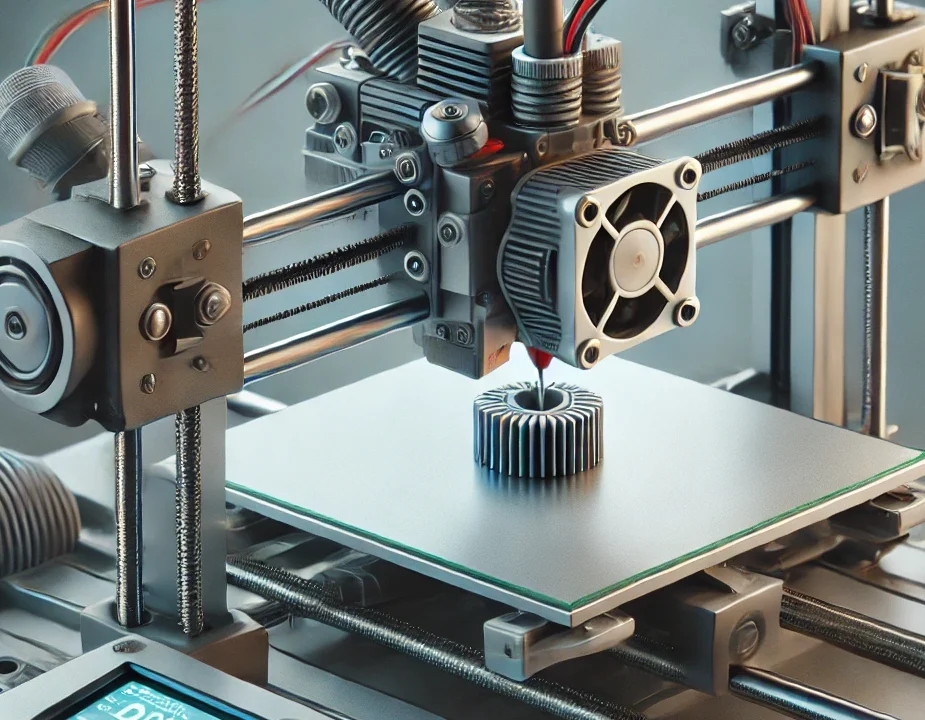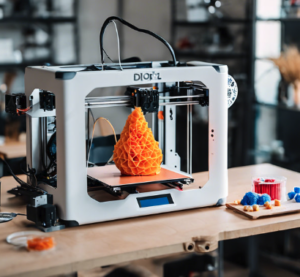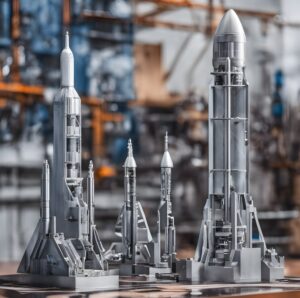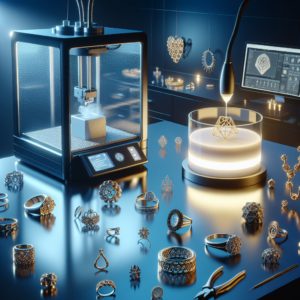What Type of Extruder is Used on FDM Printers?

Fused Deposition Modeling (FDM) printers are among the most popular 3D printing technologies, and the extruder is one of the most critical components. The extruder is responsible for feeding the filament into the hot end, where it melts and is deposited layer by layer to form a 3D object. But did you know that there are different types of extruders used in FDM printers? In this article, we’ll break down the two main types: direct drive extruders and Bowden extruders, and help you understand which one may be better for your printing needs.
Direct Drive Extruder
A direct drive extruder places the motor that feeds the filament directly on top of or very near the hot end. This allows for more precise filament control since the distance between the extruder and the hot end is minimal.
Advantages:
- Better control with flexible filaments: Direct drive extruders are particularly well-suited for printing with flexible filaments like TPU or TPE because they have less chance of causing filament jams or slipping.
- Accurate filament retraction: Since the extruder is close to the hot end, retraction settings are easier to fine-tune, reducing stringing and oozing between prints.
- Fast extrusion response: The motor can quickly push and retract the filament, making it ideal for high-precision prints.
Disadvantages:
- Added weight: Since the extruder is mounted close to the print head, it adds extra weight to the moving parts. This can sometimes reduce print speeds or lead to issues like wobbling or ghosting, especially on larger or faster printers.
- Limited speed: The added weight of the direct drive extruder means that the printer may have to move more slowly to maintain print quality.
Bowden Extruder
The Bowden extruder system separates the extruder motor from the print head and positions it on the frame of the 3D printer. Filament is pushed through a long PTFE (Teflon) tube to reach the hot end.
Advantages:
- Lighter print head: With the motor mounted away from the hot end, the print head becomes lighter. This allows for faster print speeds without compromising on quality.
- Improved stability on larger prints: The reduced weight of the print head means the printer can handle larger projects more efficiently with reduced vibrations and more stability.
Disadvantages:
- Not ideal for flexible filaments: Since the filament has to travel through a long tube, there’s more chance for flexible filaments to compress or buckle, leading to feeding issues.
- More difficult to fine-tune retraction settings: The longer distance between the extruder and the hot end means that retraction settings are harder to control, which can cause stringing or blobs during printing.
Which Extruder Should You Choose?
The decision between a direct drive and a Bowden extruder depends on your specific 3D printing needs:
- If you often print with flexible or exotic filaments, a direct drive extruder is the better choice due to its precise filament control.
- For high-speed prints, larger projects, or more rigid filaments like PLA, a Bowden extruder offers a lighter print head and faster movement speeds.
Both direct drive and Bowden extruders have their strengths and weaknesses. Understanding the type of extruder your FDM printer uses, or selecting the right one for your project, can greatly affect the quality and efficiency of your 3D printing. While direct drive extruders provide better control for flexible filaments, Bowden extruders excel at speed and stability for larger, more rigid prints. Choosing the right extruder can make a significant difference in your 3D printing experience.



